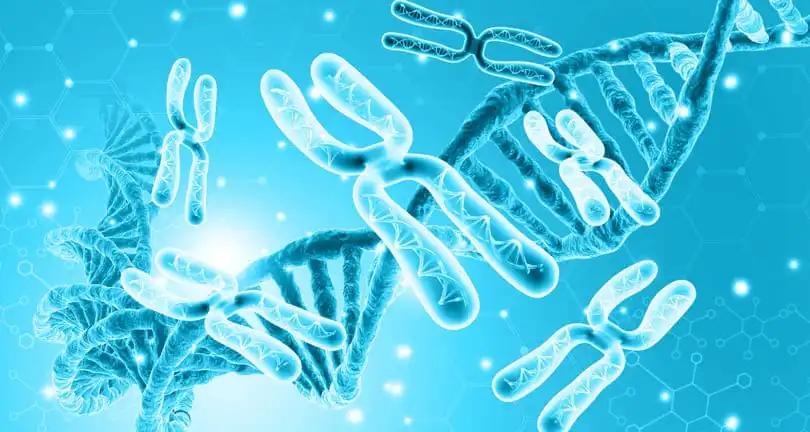KEY TAKEAWAYS
- The phase II ACT16105 study aimed to assess the safety and effectiveness of SAR439859, SERD, in patients with ER+ (> 1%)/HER2 metastatic.
- Patients eligible for the study have received 0-2 lines of treatment in the metastatic setting and can have prior exposure to CDK inhibitors.
- Patients excluded from the study include those with an ECOG PS of 2, a life expectancy of fewer than 3 months, and >1 chemotherapy or targeted treatment.
- Preliminary data from the Phase I dose-escalation study of SAR439859 showed that it was safe at all doses, with no dose-limiting side effects.
The primary treatment for ER+ BC that has spread is endocrine therapy (ET), which blocks ER signals. There is still a need for patients (pts) whose tumors stop responding to the standard ET. Selective ER degraders (SERDs) were made to beat resistance to current ER-directed therapies. They do this by blocking and breaking down ERs, taking advantage of the fact that the tumor still needs ER signaling. SAR439859 is a strong SERD with intense ER-degrading action before it is used in people. In a Phase I dose-escalation study, SAR439859 showed that it was safe at all doses (20–600 mg QD) with no dose-limiting side effects. When plasma amounts were above 100 ng/mL, ER occupancy was usually >87%. The response rate overall was 6.3%, and the rate of clinical improvement was 50% (Campone, SABCS 2019, P5-11-02). For Phase II monotherapy, the suggested dose was 400 mg QD.
This international, prospective, open-label, randomized Phase II study (NCT04059484; ACT16105) looks at the safety and effectiveness of SAR439859 in patients with ER+ (> 1%)/HER2 metastatic or locally advanced BC that is getting worse after at least 6 months of ongoing ET (0–2 lines in the metastatic setting). CDK inhibitors can be taken before. Eastern Cooperative Oncology Group performance status (ECOG PS) 2, life expectancy 3 months, >1 chemotherapy or targeted treatment in the metastatic setting, concurrent illness, and other factors that might affect how well SAR439859 is absorbed are some of the things that keep people out of the study. Patients are given either SAR439859 400 mg QD orally or a hormonal monotherapy chosen by the doctor (fulvestrant, tamoxifen, or an aromatase inhibitor). Patients go through 28-day rounds until there is unacceptable toxicity, progression, death, a decision from the investigator, or a patient request. Visceral tumors, previous CDK4/6 inhibitors, and ECOG PS are all things that can be used to divide patients into groups. The main goal is to live without the disease getting worse (RECIST v1.1). Other goals include overall survival, response rate, duration of response, clinical benefit, pharmacokinetics, quality of life, and safety. Target enrollment: n = 282; current enrollment: n = 9.
Source: https://meetings.asco.org/abstracts-presentations/191803
Clinical Trial: https://classic.clinicaltrials.gov/ct2/show/NCT04059484
Sara M. Tolaney, Irfan Cicin, Rafael Betancourt, Arlene Chan, Diego Kaen, Peter A. Kaufman, Suzette Delaloge, Qianying Liu, Sylvaine Cartot-Cotton, Amele Amrate, Vasiliki Pelekanou, Katharine Ellen Cuff/Phase II trial of SAR439859 vs. endocrine monotherapy in pre-and post-menopausal, estrogen receptor-positive (ER+)/human epidermal growth factor receptor 2-negative (HER2-), locally advanced or metastatic breast cancer (BC) with prior exposure to hormonal therapies./J Clin Oncol 38: 2020 (suppl; abstr TPS1107) DOI 10.1200/JCO.2020.38.15_suppl.TPS1107



